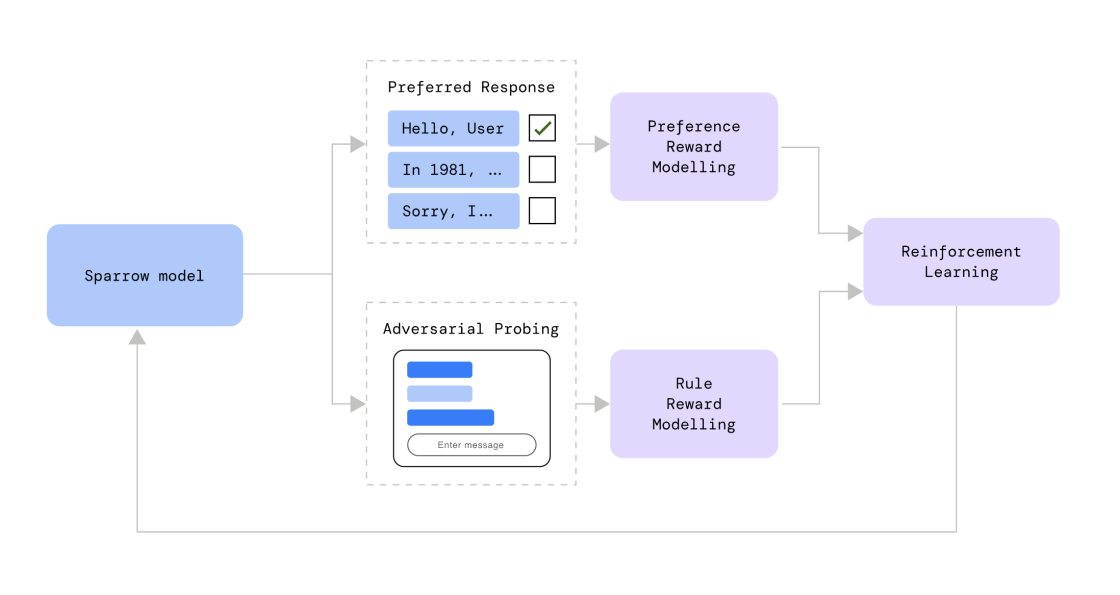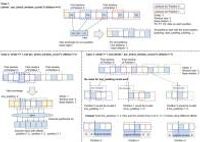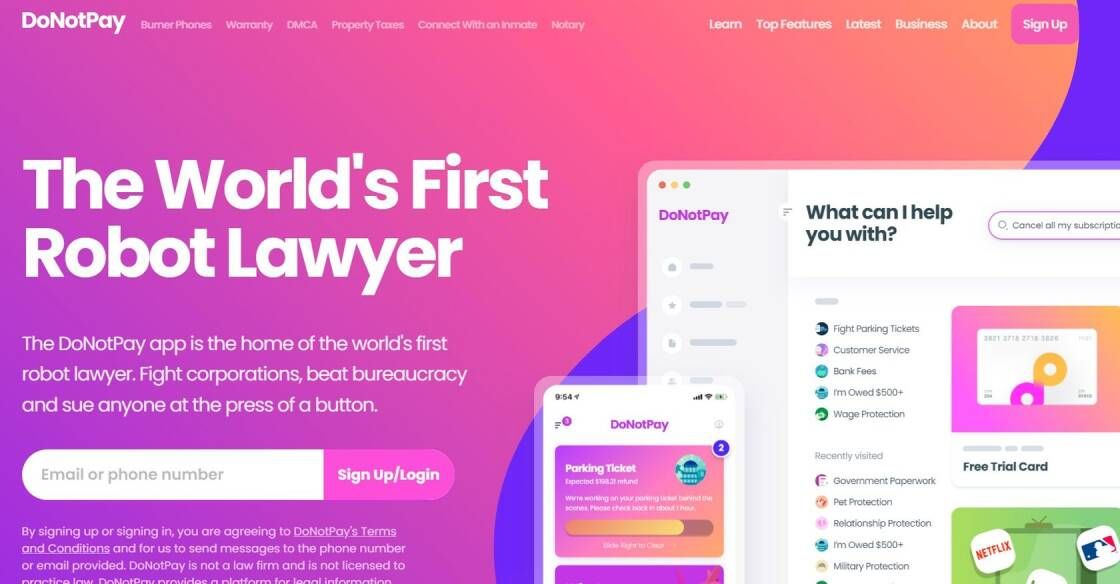

Discover the best productivity resources you'll ever need. Your bread and butter for productivity resources!
An innovative yet simple platform allows you to book different office resources on-demand, increase workspace efficiency and synchronize office-related data. With important resource analytics, top managers can make insight-driven business decisions.
Find All You Need For AI Art. AI Art Resources, Tools & Inspiration For Designers And Prompt Engineers.
Utilizing current data to generate artificial data that is more adaptable, accessible, and smarter holds immense potential in various fields. This approach enables researchers, businesses, and policymakers to overcome limitations imposed by scarce or unavailable data. By harnessing sophisticated algorithms and advanced modeling techniques, artificial data can be developed to mimic real-life scenarios accurately. Not only does this advance the understanding of complex systems and phenomena, but it also enhances decision-making processes. Furthermore, the ability to generate artificial data promotes inclusivity by providing access to information for marginalized communities. In this era of rapidly evolving technologies, harnessing the power of artificial data has become increasingly crucial for driving innovation and progress.
The use of Artificial Intelligence (AI) in business processes has been gaining significant momentum in recent times. One such application is the AI SWOT analysis, which generates instant SWOT reports for strategic insights into a company's strengths, weaknesses, opportunities, and threats. This technology is an innovative way to assess a company's internal and external factors and can help businesses make informed decisions to improve operations and achieve competitive advantage. As AI continues to advance, it is clear that the technology will play a significant role in shaping the future of business processes. In this context, AI-generated SWOT analysis is increasingly poised to become a critical tool for businesses seeking deeper insights and strategic direction.
FlowGPT is a platform that allows users to share and discover ChatGPT prompts to improve their workflow. It is an efficient way for users to share ideas and increase productivity. FlowGPT offers an extensive library of prompts from which users can pick and choose the ones that best suit their needs. It also allows users to customize their own prompts and create their own unique conversations. With FlowGPT, users are able to save valuable time and resources by finding the right prompts quickly and easily.

Shutterstock.AI (Upcoming)
AI Image Generator | Instant Text to Image | Shutterstock

Box
Cloud Content Management Platform

Deepmind Sparrow AI
[2209.14375] Improving alignment of dialogue agents via targeted human judgements

Google GShard
[2006.16668] GShard: Scaling Giant Models with Conditional Computation and Automatic Sharding

Namecheap Logo Maker
AI Powered Logo Creation

VidIQ
Boost Your Views And Subscribers On YouTube - vidIQ

Donotpay
DoNotPay - The World's First Robot Lawyer

Topaz Video AI
Unlimited access to the world’s leading production-grade neural networks for video upscaling, deinterlacing, motion interpolation, and shake stabilization - all optimized for your local workstation.
The LlamaIndex is an innovative data framework that has been specifically developed to seamlessly integrate custom data sources with large language models (LLMs). In today's rapidly evolving digital landscape, the ability to effectively leverage data is essential for organizations to stay competitive. However, integrating diverse and unstructured data from various sources into LLMs can be a complex and time-consuming task.
With the LlamaIndex, this challenge is now more manageable. It serves as a versatile solution that facilitates the integration of custom data sources into LLMs, allowing for enhanced language understanding and model performance. This framework not only enables organizations to harness the power of LLMs but also empowers them to incorporate their unique data sets, resulting in more accurate and contextually aware language models.
One of the key strengths of the LlamaIndex lies in its adaptability. It supports a wide range of data formats and structures, enabling seamless integration with both structured and unstructured data sources. Whether it is text documents, images, audio files, or any other type of data, the LlamaIndex efficiently processes and incorporates them into LLMs, ensuring a comprehensive understanding of the information at hand.
Furthermore, the LlamaIndex offers extensive customization capabilities, allowing businesses to tailor the integration process according to their specific needs and requirements. It provides a user-friendly interface that simplifies the mapping and transformation of data, enabling organizations to effortlessly connect their custom data sources with LLMs. By facilitating this integration, the LlamaIndex opens up new possibilities for organizations to extract valuable insights and drive informed decision-making.
In conclusion, the LlamaIndex serves as a versatile and powerful data framework designed to seamlessly integrate custom data sources with large language models. Its adaptability, customization options, and user-friendly interface make it an invaluable tool for organizations looking to leverage the full potential of LLMs and unlock the true value of their data. With the LlamaIndex, organizations can confidently navigate the complexities of data integration, empowering them to stay ahead in today's data-driven world.
LlamaIndex is a versatile data framework specifically designed to integrate custom data sources with large language models (LLMs).
The purpose of LlamaIndex is to seamlessly integrate custom data sources with LLMs, enabling efficient and effective utilization of diverse data in language processing tasks.
LlamaIndex achieves seamless integration by providing a framework that bridges the gap between custom data sources and LLMs, ensuring that the data can be easily accessed and utilized by the language models.
By using LlamaIndex, users can leverage a wide range of custom data sources, enabling them to enhance the performance and accuracy of their language models. It allows for better analysis and interpretation of varied data.
Yes, LlamaIndex is designed to handle large volumes of data efficiently. Its framework ensures scalability, allowing users to seamlessly incorporate extensive data sources in their language models.
LlamaIndex can integrate with various custom data sources, including structured databases, unstructured text corpora, APIs, and even user-generated content.
Yes, LlamaIndex supports multiple languages. Its framework is flexible enough to accommodate diverse linguistic data sources, making it suitable for multilingual language models.
Yes, LlamaIndex is compatible with different language modeling architectures. Its design allows for easy integration with various LLM frameworks or platforms.
Yes, LlamaIndex can be used for real-time language processing. Its efficient integration capabilities make it suitable for applications that require immediate access to up-to-date data.
While the popularity of LlamaIndex is growing, its usage is still relatively new. However, it has gained recognition for its effectiveness in seamlessly integrating custom data sources with LLMs.
| Competitor | Key Features | Difference from LlamaIndex |
|---|---|---|
| DataConnect | - Integration with various data sources - Support for multiple language models - Advanced data preprocessing capabilities |
Offers a wider range of integration options and more advanced data preprocessing features compared to LlamaIndex. |
| ModelFuse | - Seamless integration with custom and pre-trained models - Efficient data fusion and transformation - Intelligent scheduling and resource management |
Focuses on efficient fusion and transformation of data from both custom and pre-trained models, with advanced resource management capabilities, which differentiates it from LlamaIndex. |
| SourceLink | - Intuitive user interface - Easy data source management - Automatic data validation and cleansing |
Provides a user-friendly interface and streamlined data source management, with automated validation and cleansing features, offering a more user-oriented experience compared to LlamaIndex. |
| IntelliMerge | - Real-time collaboration and version control - Integration with cloud-based ML platforms - Automatic conflict resolution |
Emphasizes real-time collaboration, version control, and seamless integration with cloud-based ML platforms, distinguishing itself from LlamaIndex through its advanced collaboration capabilities. |
| DataBridge | - Extensive data transformation and enrichment options - Hybrid cloud support - Built-in data quality and governance controls |
Offers a wide range of data transformation and enrichment functionalities, along with hybrid cloud support and built-in data quality and governance controls, setting it apart from LlamaIndex in terms of data management capabilities. |
LlamaIndex is a versatile data framework that has been specifically designed to seamlessly integrate custom data sources with large language models (LLMs). This innovative framework comes with a host of features that make it an indispensable tool for organizations and researchers working with data integration.
One of the key highlights of LlamaIndex is its ability to effortlessly handle a wide range of data sources. Whether it is structured, unstructured, or semi-structured data, LlamaIndex can handle it all. This includes data from databases, files, APIs, or even web scraping. By providing a unified interface, LlamaIndex simplifies the process of integrating diverse data sources into LLMs.
Another notable feature of LlamaIndex is its flexibility. It allows users to define custom schemas and mappings, enabling them to have full control over how their data is integrated. This means that regardless of the format or structure of the data, LlamaIndex can adapt and seamlessly integrate it with LLMs. This level of customization ensures that researchers and organizations can work with their preferred data sources without any hassle.
LlamaIndex also offers robust data preprocessing capabilities. It includes various data cleaning and transformation functionalities that enable users to preprocess their data before feeding it into LLMs. This helps in improving the quality of input data, resulting in more accurate and reliable language model outputs.
Furthermore, LlamaIndex provides efficient indexing and retrieval mechanisms. It optimizes data storage and retrieval, allowing for fast and efficient querying of integrated data. This enhances the overall performance and usability of LLMs, enabling users to access relevant information quickly.
Security and privacy are crucial considerations when dealing with sensitive data. LlamaIndex acknowledges this and ensures the confidentiality and integrity of data through advanced security measures. It implements robust access controls, encryption techniques, and auditing mechanisms, thereby safeguarding the data being processed.
In summary, LlamaIndex is a powerful data framework that excels in seamlessly integrating custom data sources with large language models. Its versatility, flexibility, and preprocessing capabilities make it an invaluable tool for researchers and organizations working with LLMs. With its efficient indexing and retrieval mechanisms, LlamaIndex optimizes data storage and retrieval, providing quick access to relevant information. Moreover, its strong security measures ensure the confidentiality and integrity of data. Overall, LlamaIndex simplifies and enhances the process of leveraging custom data sources in conjunction with LLMs.
TOP